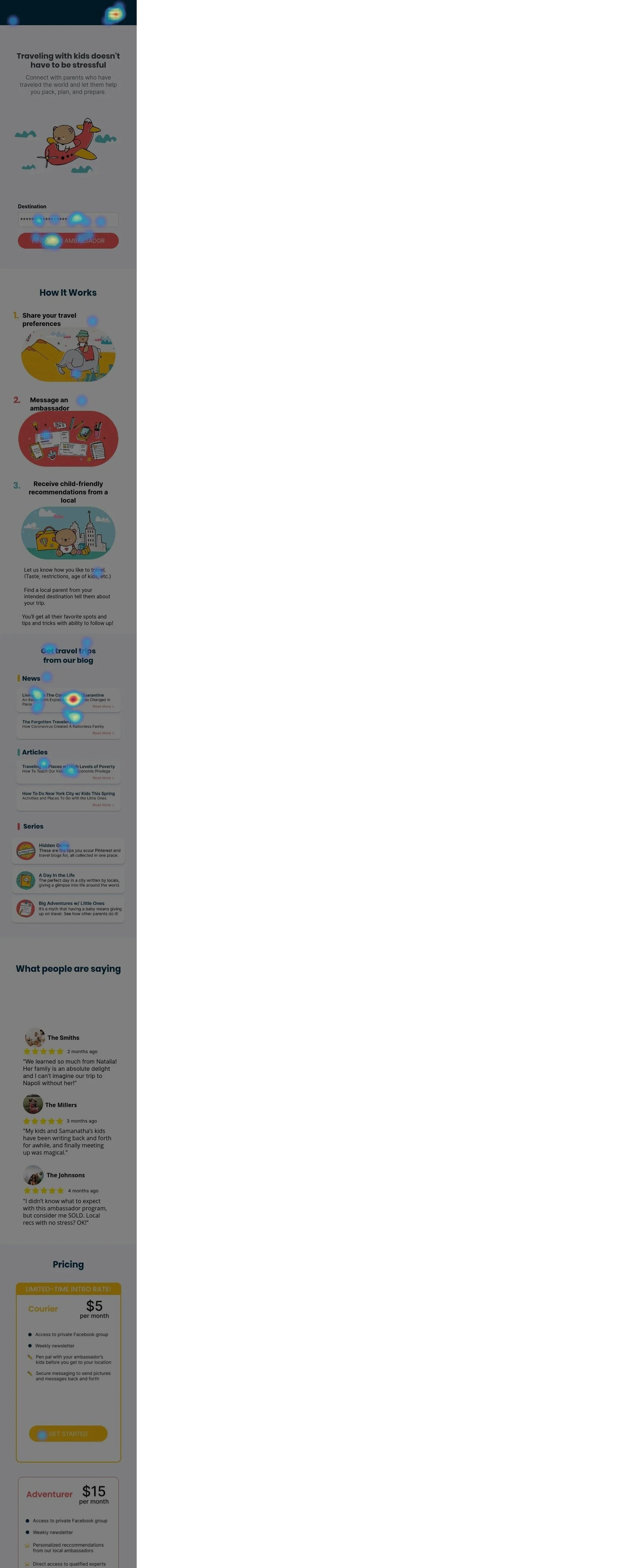BÉBÉ VOYAGE
Overview
Bébé Voyage started out as a Facebook group of parents who shared advice about how to travel with kids. The Facebook group soon grew into a community with over 20,000 members. Parents from all over the world were sharing recommendations, tips, advice, itineraries, coupons and anything and everything related to travel. Their website currently has a ton of advice for traveling with baby gear, how to deal with baby jet lag and any other problems moms face during their family travels. Most of these articles are written by parents from different parts of the world.
Bebe Voyage is a responsive website for parents who frequently travel with their children, providing parents with recommendations with kid-friendly activities when traveling as a family.
My Role
UX Design, UX Research, Information Architecture, Interaction Design
Platform
Responsive Web
Tools
Figma, HotJar, Google Analytics




















